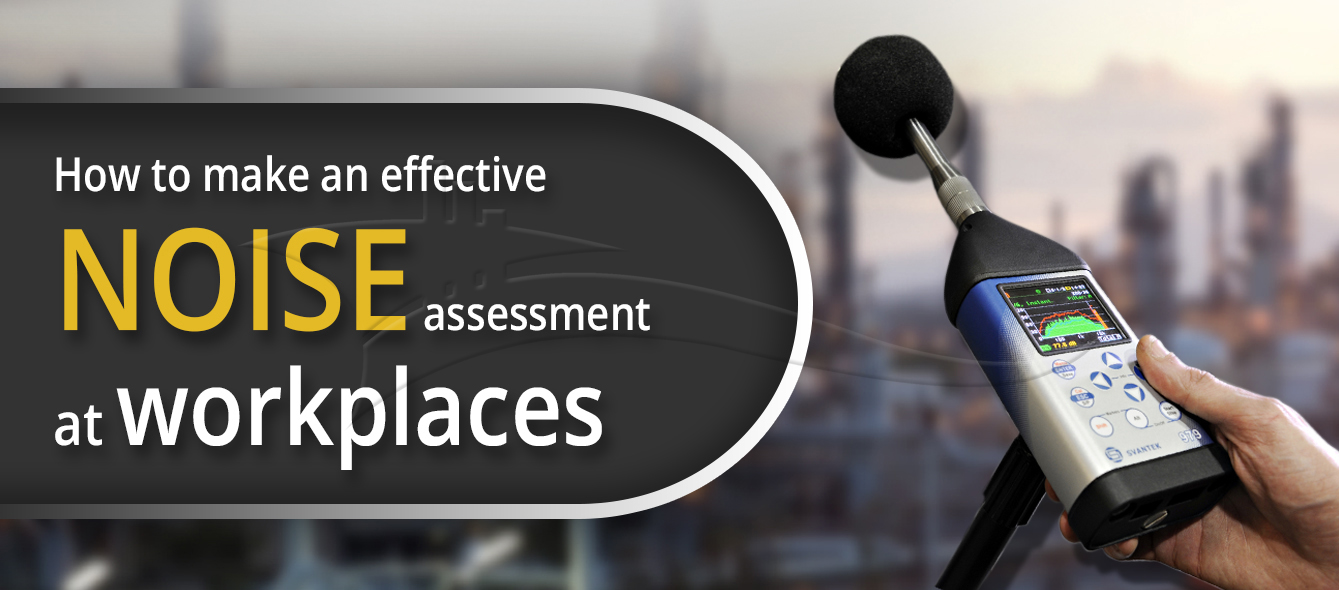What Is Noise?
Noise is simply unwanted sound. It can be annoying, disruptive, as well as harmful to your health. That's why it's very important to learn how to measure it and what we can do to lessen it.

How Is Noise Measured?
You can find two common methods to measure noise: decibels (dB) and weighted decibels (dBA). Decibels (dB) assess the loudness of sound on a level from 0 (the softest sound a person can hear) to 140 (the loudest sound a person can tolerate without pain). Weighted decibels (dBA), on another hand, take into account the truth that some frequencies of sound are more annoying than others. Consequently, dBA measurements are usually lower than dB measurements.
Forms of Noise Assessment Instruments
You can find two main types of noise assessment instruments: integrating-averaging sound level meters and real-time analyzers. Integrating-averaging sound level meters measure the common noise level over a period of time, while real-time analyzers provide a readout of the current noise level. Generally speaking, integrating-averaging sound level meters are far more accurate than real-time analyzers, but they're also more expensive and require more training to use properly.
Noise Assessment Methods
You can find three common methods for conducting a sound assessment: field monitoring, statistical analysis, and computer simulations. Field monitoring involves physically measuring the noise levels in a particular environment using a number of noise assessment instruments. Statistical analysis involves collecting data about noise levels from multiple sources and then using statistical methods to analyze that data. Computer simulations involve using computer models to predict what effect changing certain variables can have on noise levels.
Conclusion:
Since you've reached the end of this guide, you should have a good comprehension of the fundamentals of noise assessment instruments and methods. Remember that when you're ever unsure about anything, you can always consult with an expert for help. Reducing noise in your workplace or home can have a large impact on your health and well-being, so it's definitely worth making the effort to master about how precisely far better assess and reduce noise exposure.

Based on which kind of environment you're assessing, there could be other specific guidelines that you should follow. As an example, if you're assessing a professional or industrial workplace, you will find often specific regulations in position to help ensure a safe and healthy workplace. Make sure you consult with the relevant authorities before carrying out any noise assessments in such environments.